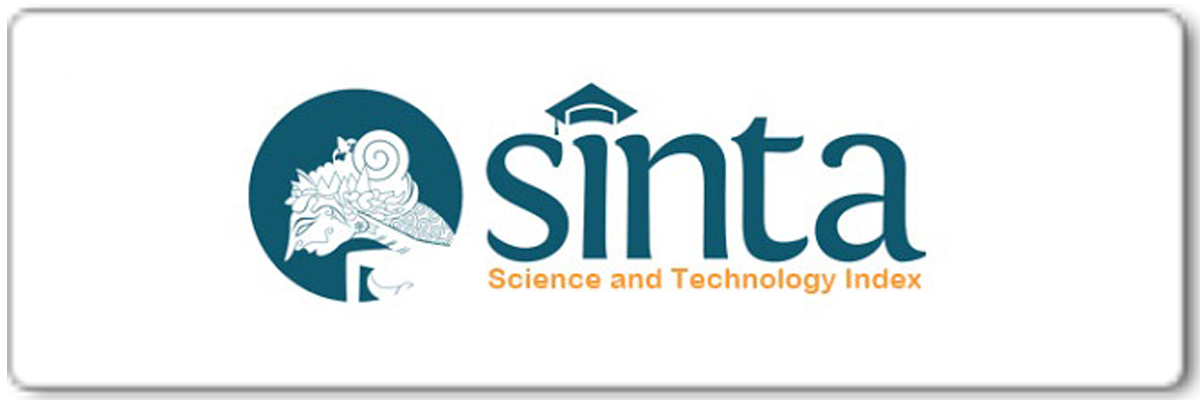DERIVATIONAL AFFIXATION ON THE STUDENT’S RECOUNT TEXT
Abstract
Keywords
Full Text:
PDFReferences
Aithal, P.S., et.al. (2009). How to Measure the Performance level in competency based education system-some suggestions. Srivinas University India.
Arbain. (2017). Derivations in Headline Articles of the Jakarta Post Newspaper, 2(1), 23-30.
Booij, G. (2006). Inflection and Derivation. In: Keith Brown, (Editor-in-Chief). Encyclopedia of Language & Linguistic, Second Edition, volume 5, pp. 654-661. Oxford: Elsevier.
Cahyani, R.R.et.al. (2020). The Derivational and Compounding Process in William Shakespeare’s Literary Works, 1(1), 69-84.
Creswell, J. (2012). Educational Research: Planning, Conducted and Evaluating Qualitative and Quantitative Research, 4th edition. Boston: Pearson Education Inc.
Creswell, John W. and Creswell, J. David. (2018). Research Design: Qualitative, Quantitative, and Mixed Method Approaches. 5th Edition. Los Angeles: SAGE Inc.
Denzin, N.K., and Lincoln, Y.S. (2011). The SAGE Handbook of Qualitative Research, 5th edition. Los Angeles: SAGE Publications. Dewan Pers.
Hughes, A. (2003). Testing for Language Teachers, 2nd Edition. United Kingdom: Cambridge University Press.
Katamba, F. and Stonham, J. (2006). Morphology, 2nd edition. England: Palgrave.
Naseeb, M.Z. & Ibrahim, M.A. (2017). English Language Teaching. 10(12), 172-181
Ruqaiyah. (2018). Derivational and Inflectional Morphemes: A Morphological Analysis, 5(2), 73-85.
Sudijono, A. (2011). Pengantar Evaluasi Pendidikan. Jakarta: Rajawali Pers.
Susilawati and Putri, F.B. (2018). Derivation and Affixation Process in Speech of Denajaya Hettiarachchi, 01(03), 217-224.
Article Metrics
Abstract has been read : 515 timesPDF file viewed/downloaded: 0 times
DOI: http://doi.org/10.25273/etj.v9i2.10609
Refbacks
- There are currently no refbacks.
Copyright (c) 2021 Nunur Hasanah, Indra Perdana, Wardani Dwi Wihastyanang
English Teaching Journal: A Journal of English Literature, Language and Education indexed by:
This work is licensed under a Creative Commons Attribution-NonCommercial-ShareAlike 4.0 International License.







